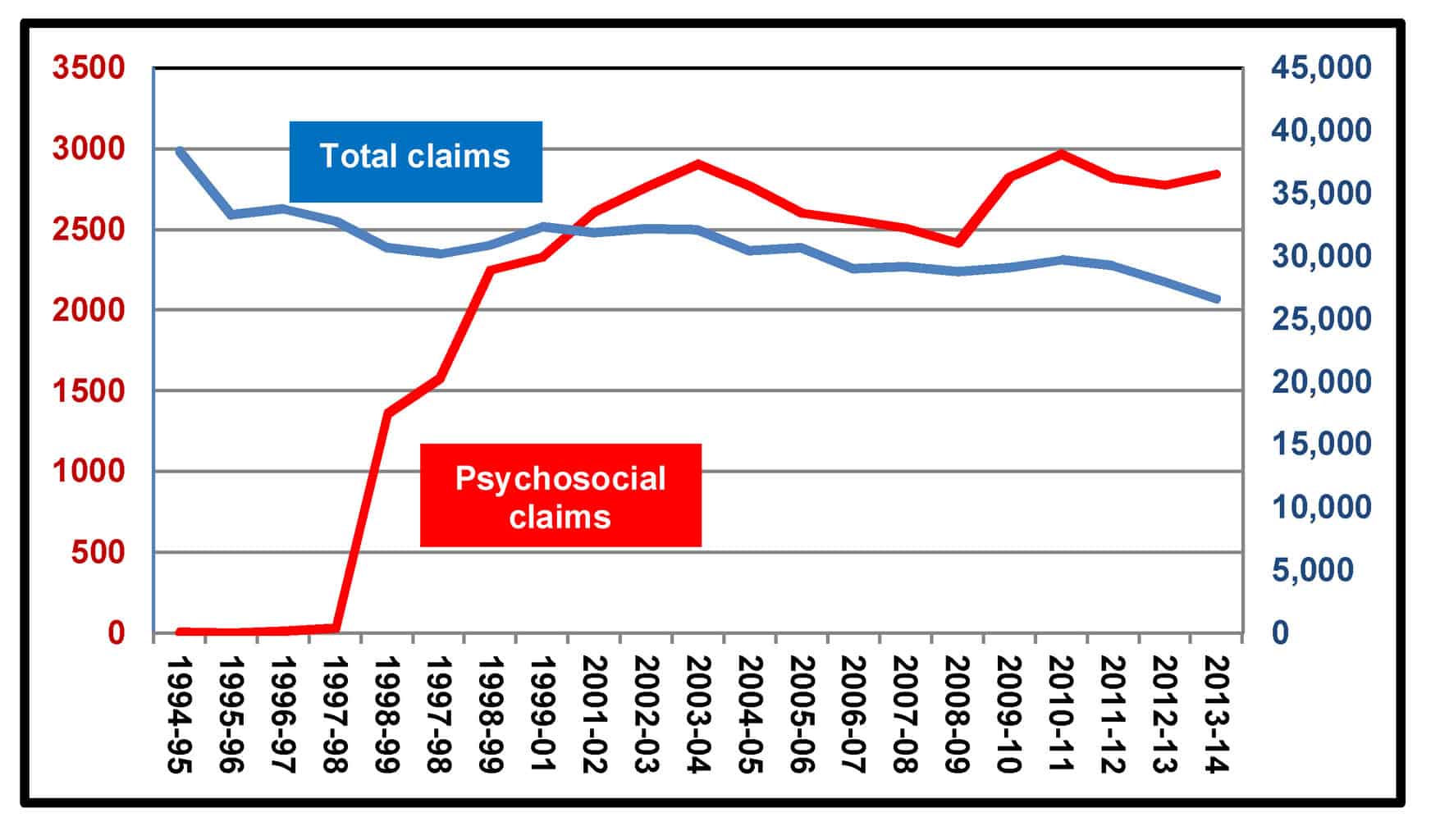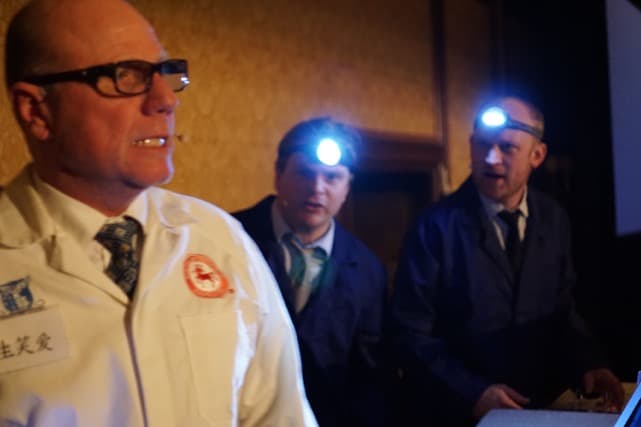New research into quad bike safety by the University of New South Wales (UNSW) shows increasing maturity in the discussions on the safety of quad bikes and farms. According to a 2 September report on Australian ABC radio, more attention is now needed for quadbike rider’s actions, workplace conditions and choices.
The attention on the suitability and design of quad bikes has dominated the safety debate over the last few years. There is no doubt that the design of quadbikes could have been made safer, or that new vehicle models offer better stability or that Operator Protection Devices (OPDs) offer a safety improvement.
The focus on riders has been almost exclusively about “active riding” techniques and the use and suitability of personal protective equipment, such as helmets. Continue reading “Quad bike safety discussion is maturing”



 Most professionals, including occupational health and safety (OHS) professionals, support the use of stories or narratives or case studies to explain complex scenarios and situations. Recently, at the
Most professionals, including occupational health and safety (OHS) professionals, support the use of stories or narratives or case studies to explain complex scenarios and situations. Recently, at the